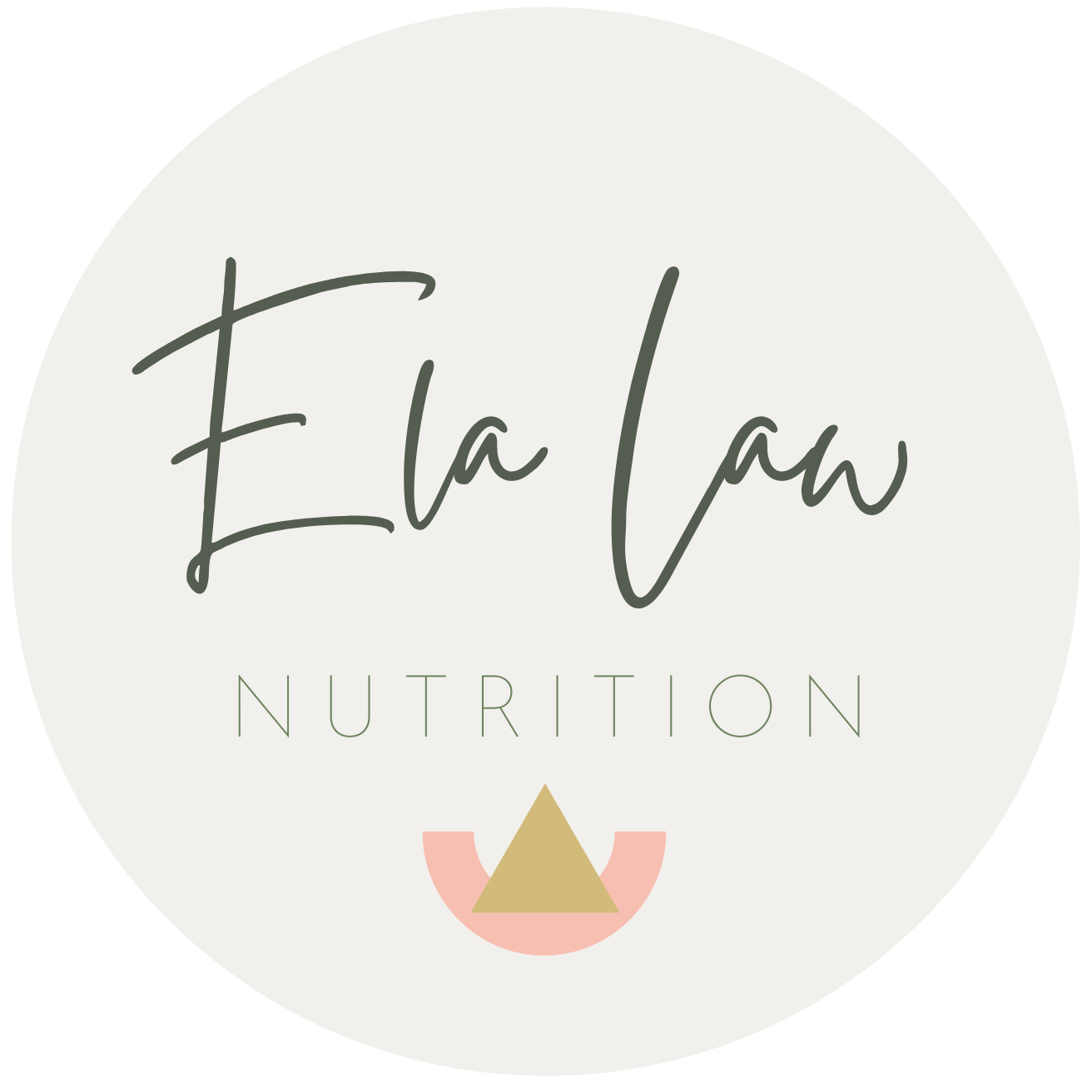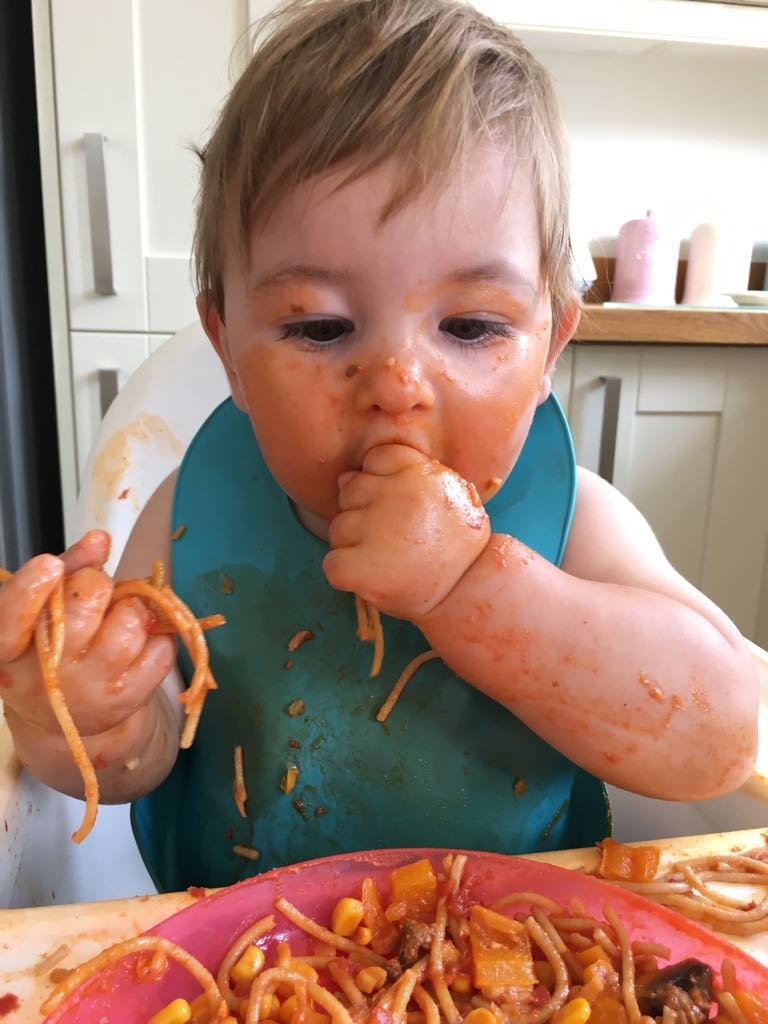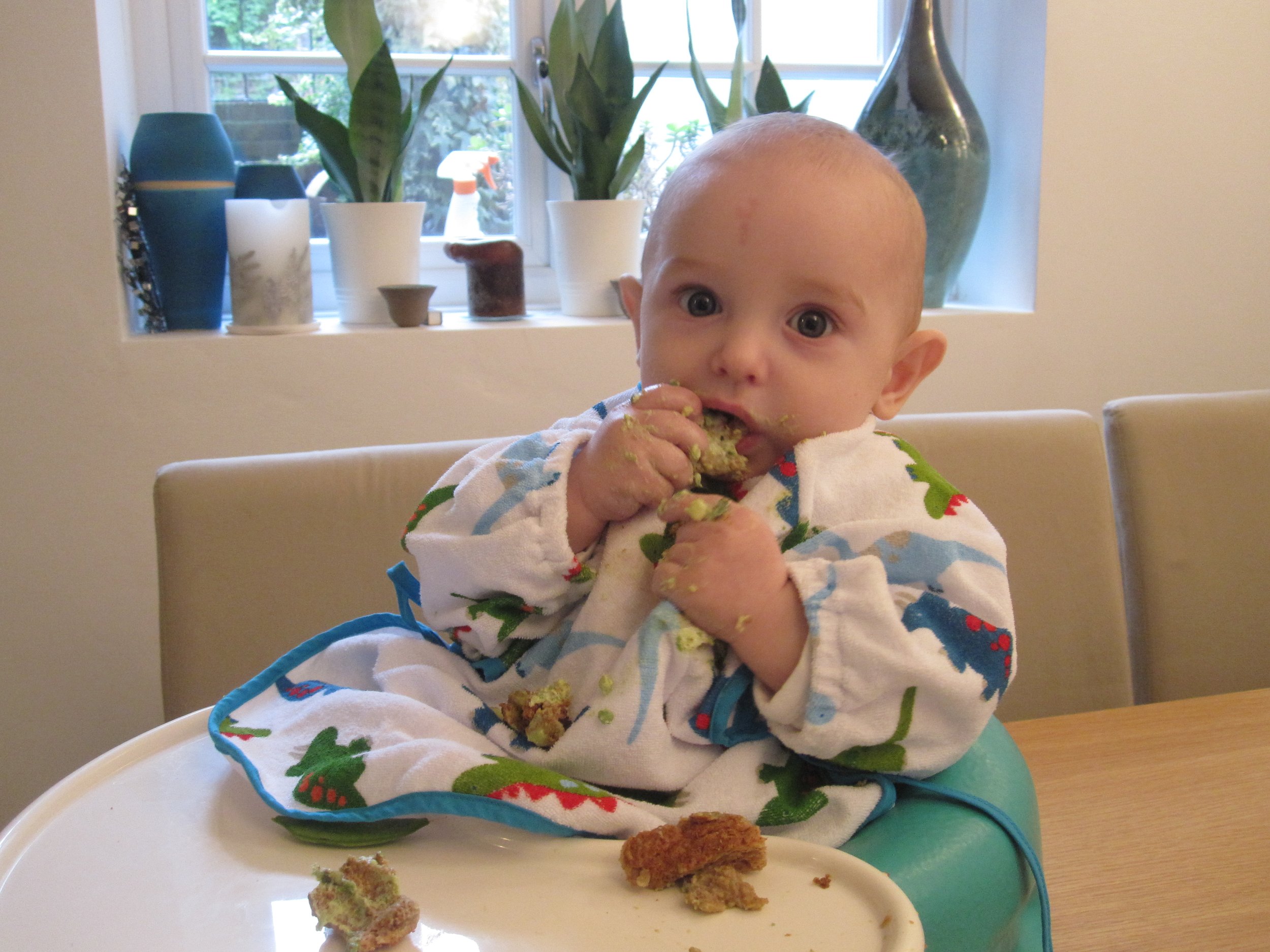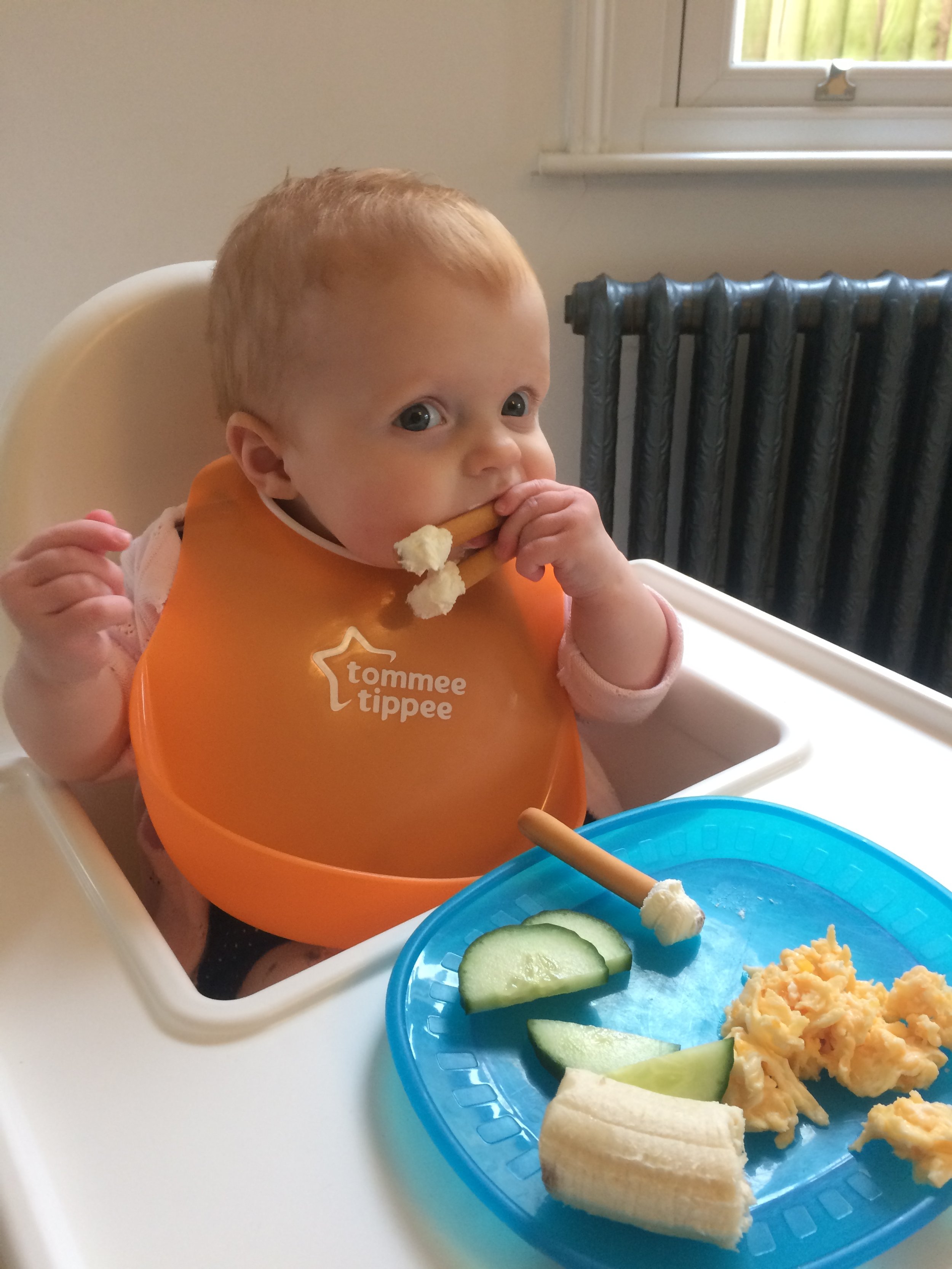Babyled weaning - what’s that all about?
As parents we are bombarded with hundreds of opinions about a single childcare-related topic and very often there is no clear right or wrong answer. In this blog I'm going to explain why I'm a massive fan of baby-led weaning, without any pressure on you to agree with me :-)
Even before I had children I never like the idea of mashed up food in a jar. I also never liked the idea of spoon-feeding because it doesn't encourage independence. The definition of spoon feeding is 'to provide an individual with so much help and support that they don't have to think for themselves'. That to me sums up quite a bit of today's way of raising children. Mums and dads do so much for their children that their independence develops later and later, and they often find it difficult to think for themselves.
Baby-led weaning isn't just about eating independently, it is also about developing very important skills: emotional, social as well as fine and gross motor skills. Hand-to-eye coordination anecdotally develops sooner in children who feed themselves than in spoon-fed children. Also anecdotally, there are far fewer fussy eaters amongst baby-led weaned toddlers and young children.
Baby led weaning is simple: you don't have to cook anything special, you don't have to prepare food separately, you just eat together as a family! Babies from the age of about six months can start eating normal food (with a few important exceptions). There is no program to follow, no ice cube trays to fill, no special equipment to be bought. It is very simple: your baby eats what you eat! And what better incentive to look at your relationship with food than this!
One thing you have to make sure of is that your baby is ready for baby-led weaning. They need to be able to sit upright in a highchair. They also need to be able to grasp food, put it securely into their mouth and make some sort of chewing movements (even though they might not have teeth yet). When those signs of readiness are present, you can give it a go! As you can see from the pictures, it can be messy! But then so can spoon-feeding if your child pushes away a spoon loaded with pumpkin purée or mashed-up spinach..
It is so much more rewarding watching your child develop a life skill and have loads of fun on their food adventure!
As with ordinary weaning, there are some foods you should not give to your baby. This includes whole nuts, honey and liver, as well as marlin, swordfish or shark (I suppose for the fish, that's not a real issue for us here in the UK..). For babies under the age of one, sugar and salt should not be part of the diet. Be careful to cut up fruits and vegetables that can become dislodged in babies' throats (such as grapes, cherry tomatoes, raw carrot).
On that note, the fear of choking is probably the biggest reason why parents don't try baby-led weaning. Evidence has shown that in baby-led weaning, babies are no more likely to choke than spoon-fed babies. In fact, by playing and exploring food with their hands and in their mouths they become very adept at handling food. The gag reflex in young babies is very much located toward the front of the mouth and the tip of the tongue, it travels backwards in the mouth/on the tongue as they mature. If you spoon-feed a young baby you can override this gag reflex, and they just suck the puree of the spoon. Baby-led weaning helps children to use the gag reflex, they will spit out anything they cannot handle at this moment in time. The reflex is a safety mechanism and not to be confused with choking. When gagging, babies make a lot of noise and the food comes back out. When choking, the child will be very quiet because they will not be able to breathe because a piece of food is blocking the airway. This happens very rarely and a paediatric first aid course will tell you all about how to deal with situations like that. Be assured that choking does not happen that often and gagging is a normal part of learning to eat. Even though it looks distressing sometimes, it is it is a very useful mechanism and disappears very rapidly after a few weeks of baby-led weaning.
Children who feed themselves are said to be much less likely to become fussy eaters during their toddler years and childhood. This is said to be because they get introduced to a huge range of flavours and textures from very early on. They are also used to handling different kinds of food, which minimises the neo-phobic response (fear of new things) in children. Showing signs of being scared or worried about new foods is a normal and healthy response to their introduction. It stems from our ancestors, who had to be vigilant to not eat poisonous or spoiled and rotten food. Baby-led weaning teaches children about different foods, different textures and different flavours, and that food can be safe.
Baby-led weaning is also about trusting your child to decide when they've had enough and when they want more. If we bottle-feed or spoon-feed, the innate response to being full can be over-ridden; children might want to please by eating more than they need, children might not know when to stop when there is someone putting a spoon in front of them that looks like it needs to be eaten. In baby-led weaning your child picks out the food that s/he instinctively needs and wants and might leave other foods on their plate. The foods they pick out can change from day to day, according to their needs.
With baby-led weaning you will be on the path to raising an intuitive eater.
If you are interested in learning more, my online course is a fantastic resource! It gets you ready to go with 7 easy to follow modules and walks you through the dos and don’ts. If you prefer a more tailored approach, you can book a personal babyled weaning consultation with me - just get in touch!





